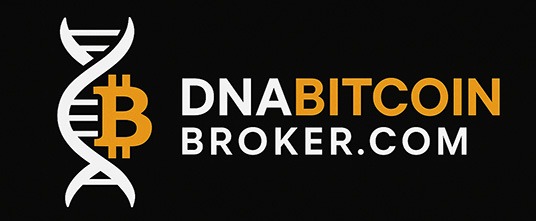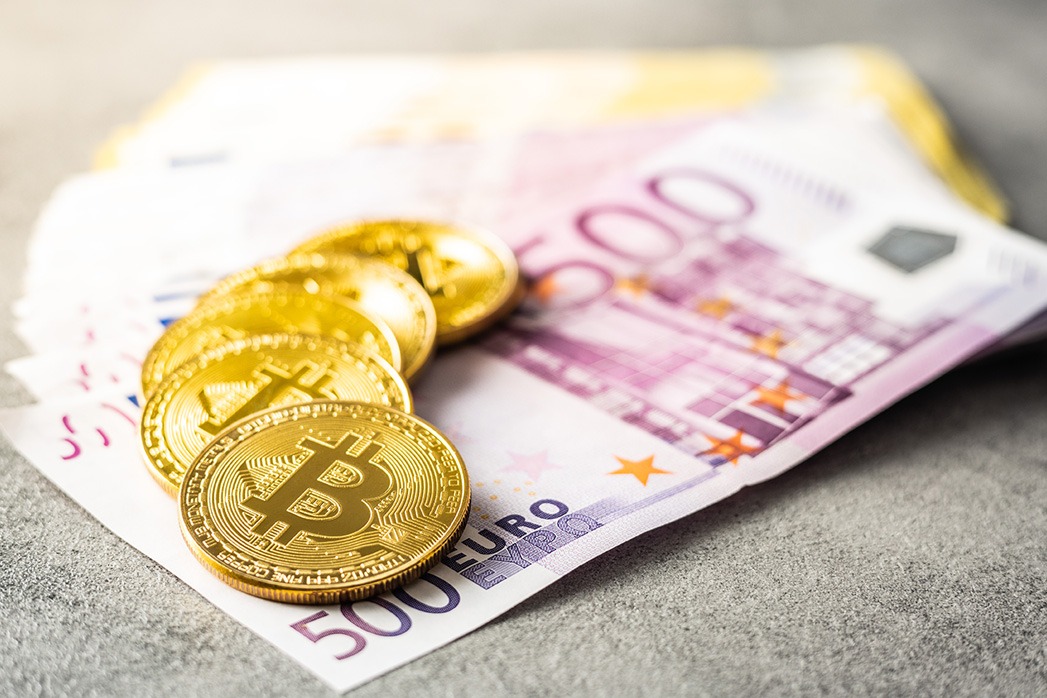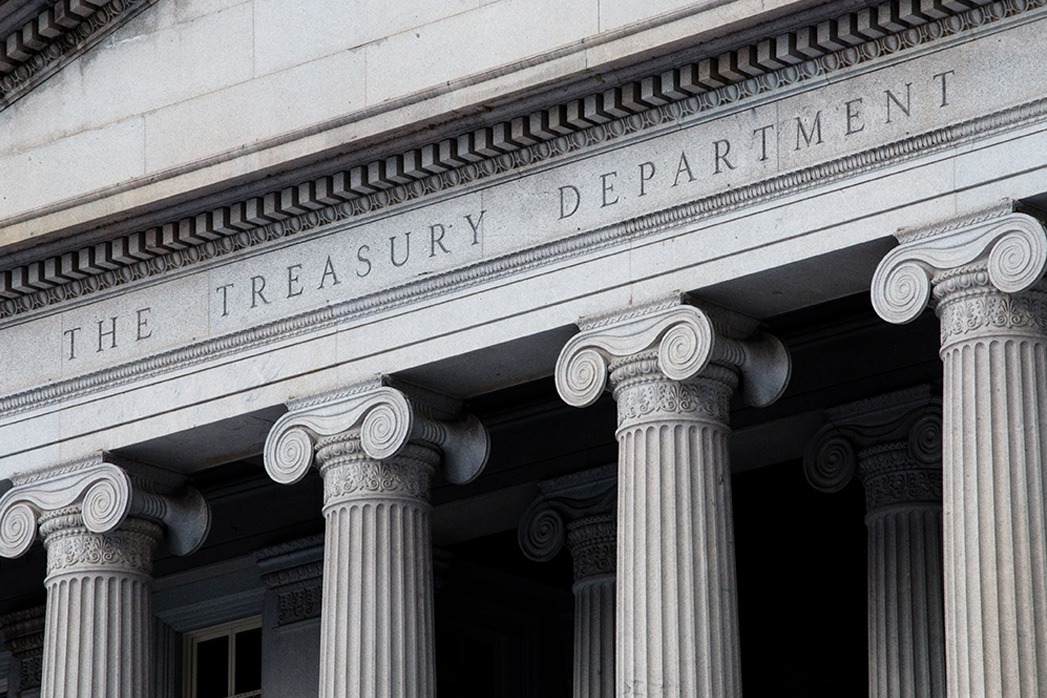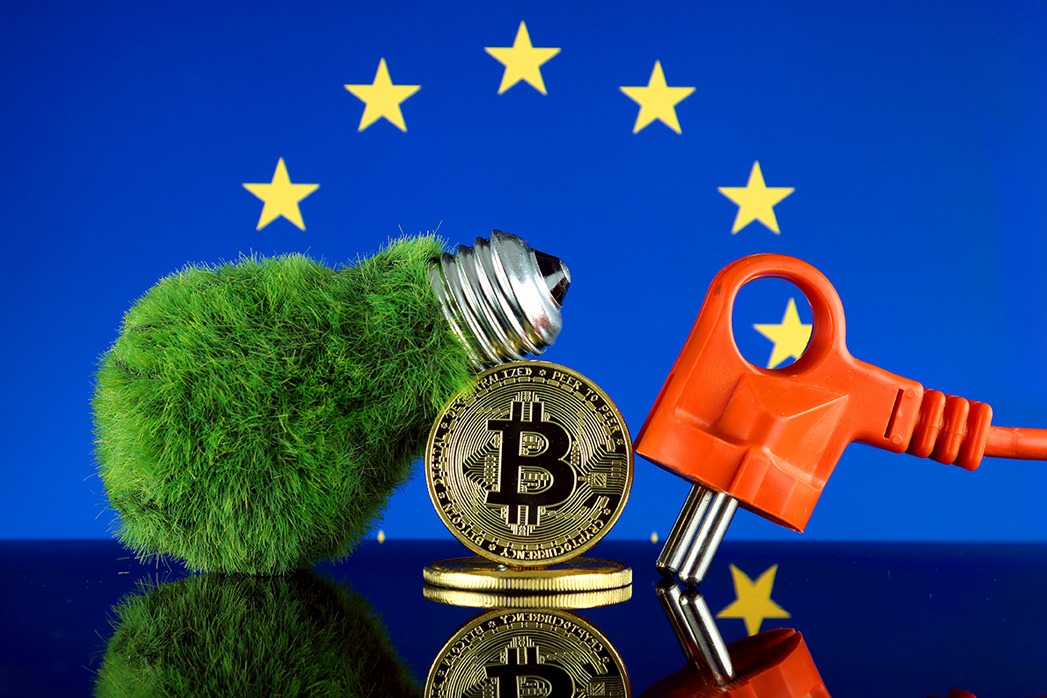Regulation, Sovereignty and Sound Money: What Europe Must Learn from Bitcoin
“Bitcoin isn’t just new money. It’s a new foundation for financial sovereignty.” — DNA Crypto.
Bitcoin is more relevant than ever for Europe, a region navigating inflation, fragmented monetary policy, digital-euro experimentation, and geopolitical volatility.
Bitcoin isn’t just a new form of money.
It’s a new form of monetary independence.
Europe’s Changing Monetary Landscape
Europe stands at a crossroads. Traditional financial institutions are strong, but they face growing pressure:
-
– Ageing monetary tools
-
– Declining trust in centralised financial systems
-
– Economic dependency on foreign currency flows
-
– A digital euro that will reshape consumer banking
-
– Growing demand for cross-border payment efficiency
Bitcoin directly intersects with all of these challenges.
For more on Bitcoin’s role in monetary evolution, see Bitcoin as Digital Gold 2.0.
Why Sound Money Is Back on the Agenda
For decades, the idea of “sound money” — money that holds its value over the long term — was pushed aside in favour of flexible monetary policy.
But today:
-
– Inflation has returned
-
– Savings are being devalued
-
– National currencies fluctuate
-
– Political uncertainty drives capital flight
As we’ve written in Bitcoin and Treasury Strategy, Bitcoin’s fixed supply and transparent issuance schedule offer something Europe’s sovereign monetary systems cannot: monetary predictability.
Bitcoin as a Tool for Sovereignty
Bitcoin is neutral.
Bitcoin is borderless.
Bitcoin is outside political influence.
This gives individuals, businesses, and even governments a way to reclaim financial autonomy.
Examples emerging worldwide include:
-
– Sovereign Bitcoin reserves
-
– Cities operating on Bitcoin circular economies
-
– Cross-border settlements bypassing legacy systems
-
– Companies paying remote teams in Bitcoin
-
– Energy producers selling directly to the Bitcoin network
These are not theoretical.
They’re happening now.
Explore more in Bitcoin & Global Adoption Trends.
What Europe Can Learn
Bitcoin teaches three lessons that Europe cannot ignore:
1. Money must be transparent
A committee does not control Bitcoin’s issuance schedule — it is code.
2. Money must be resistant to political cycles
Elections change policies. Bitcoin is unaffected.
3. Money must be globally accessible
Bitcoin settles anywhere in minutes. SEPA still has business hours.
The Digital Euro vs Bitcoin — Not Enemies, but Opposites
Europe’s central banks are building a digital euro. But a digital euro is:
- – Centralised
- – Programmable
- – Permissioned
- – Monitored
Bitcoin is:
- – Decentralised
- – Open
- – Permissionless
- – Borderless
These tools will coexist, each serving different needs.
The digital euro will serve governments.
Bitcoin will serve individuals and global commerce.
See Bitcoin vs CBDCs for a deeper comparison.
The Road Ahead
Europe must decide whether to build around innovation or regulate against it.
– Bitcoin is not slowing down.
– Innovation is not waiting.
– Capital flows will go where they are treated best.
The countries that embrace Bitcoin early will attract businesses, talent, and investment.
Image Source: Adobe Stock
Disclaimer: This article is for informational purposes only and does not constitute legal, tax, or investment advice.



